Cats are known for their mysterious and often enigmatic behavior, frequently leaving their human companions wondering what goes on in their furry little minds. However, one aspect of feline behavior that remains clear is their remarkable ability to detect subtle changes in their environment. From perceiving minute shifts in weather to sensing alterations in their household dynamics, cats possess keen senses that keep them alert and responsive. This article delves into the fascinating world of feline perception, exploring how cats detect and respond to the subtle changes around them.
The Incomparable Sense of Smell

One of a cat’s most developed senses is its sense of smell, which it relies on to gather information about its surroundings. Cats have an astounding 200 million scent receptors in their noses, far surpassing the human olfactory capability of about 5 million. This acute sense of smell allows cats to notice odor changes that indicate a new animal or person has entered their environment. They can even detect changes in the air, such as the approach of rain or a nearby fire, long before humans can discern them.
Sensitive Whiskers
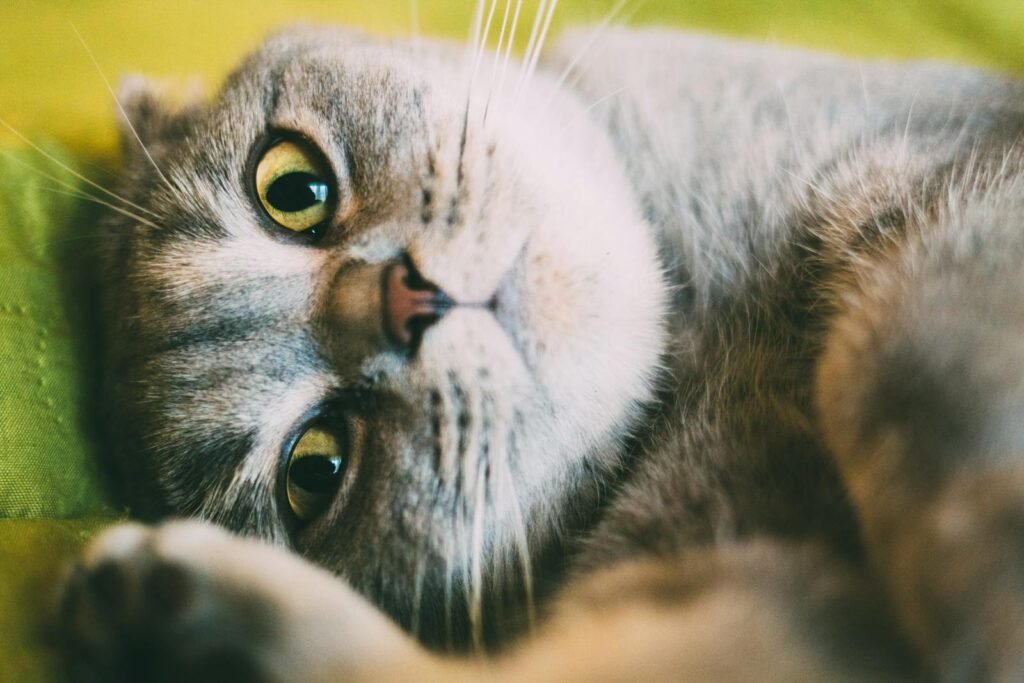
Whiskers are not just for show. They serve as highly sensitive tools that help cats navigate the world. Each whisker is connected to a rich supply of nerves, allowing cats to detect minute changes in the air currents around them. This ability is especially useful in the dark, as it helps them avoid obstacles and sense predators or prey. The sensitivity of their whiskers puts cats in tune with their environment, allowing them to detect even the slightest changes.
Acute Hearing
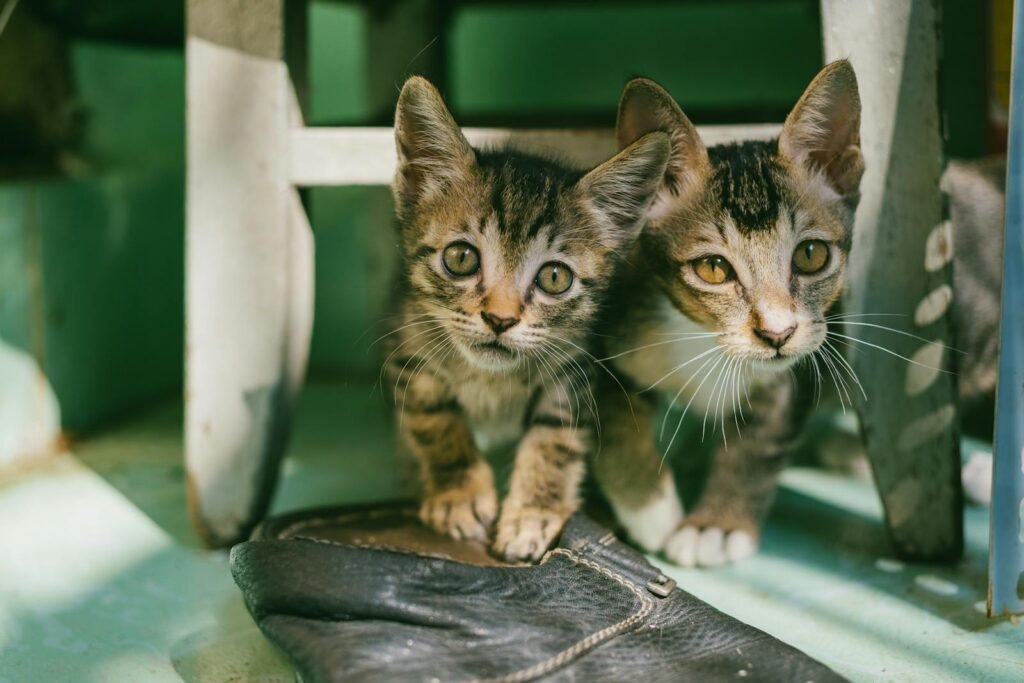
Cats have a highly refined sense of hearing, capable of detecting a wide frequency range from 48 Hz to 85 kHz. This impressive auditory capability means they can hear sounds both lower and higher than the human hearing range. This acute hearing allows them to pick up on subtle ambient noises such as the rustling of leaves, a mouse scurrying, or even far-off sounds like distant thunder, providing them with crucial information about their environment.
Keen Eyesight
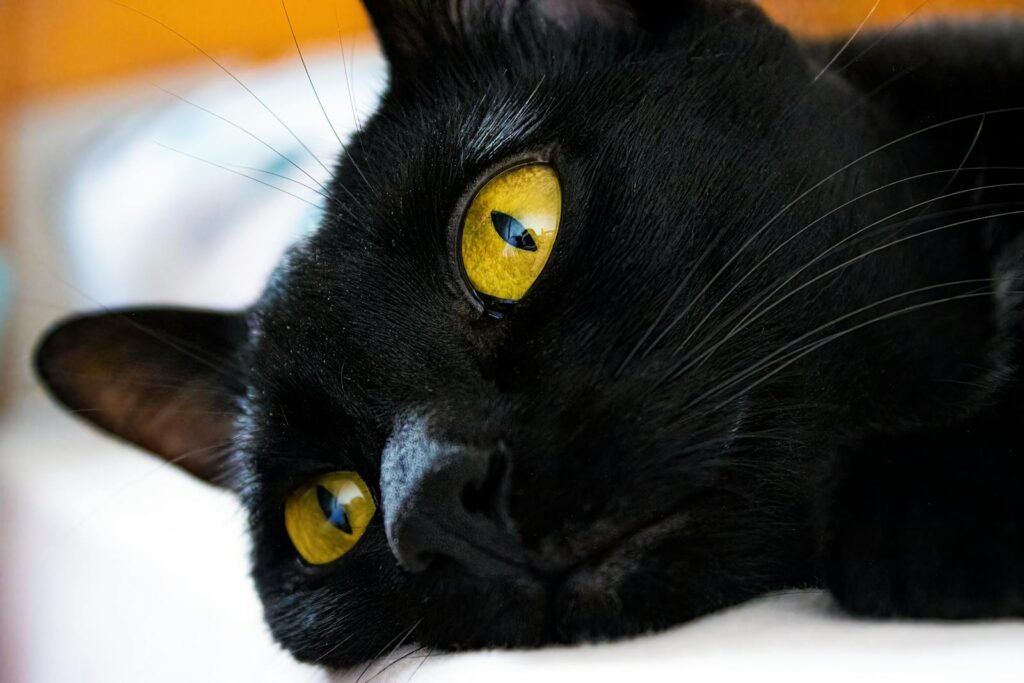
While cats can’t see well in total darkness, their night vision is superior to that of humans, allowing them to see in low-light conditions. They have more rod cells in their retinas, which enhance their ability to detect movement and provide them with a broader field of vision. This keen eyesight enables cats to detect motion and subtle visual changes around them, keeping them alert to any potential threats or opportunities.
Behavioral Adaptations

Cats are notorious creatures of habit. They are sensitive to routine and any disruptions to their daily schedule or environment can be easily detected. Changes such as furniture rearrangements, the absence of a household member, or the introduction of a new pet can all lead to notable differences in a cat’s behavior. Their ability to perceive and respond to these changes helps them navigate and adapt to their surroundings effectively.
Vibrations and Ground Sensitivity
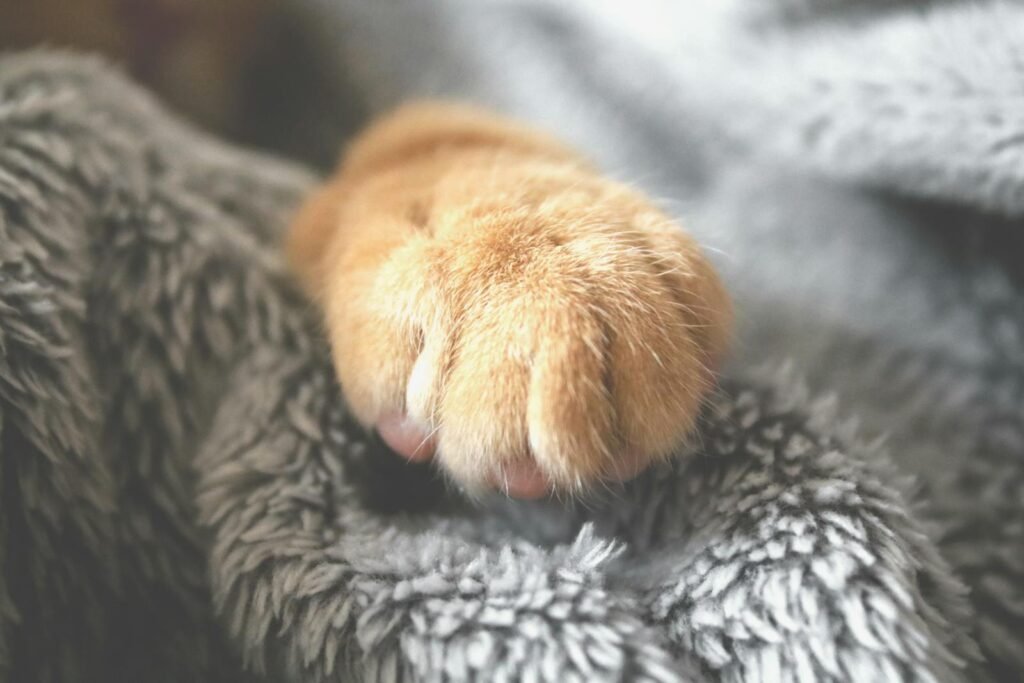
Cats can also sense environmental changes through vibrations transmitted through the ground. This sensitivity helps them detect approaching footsteps or other animals, and it aids in hunting. This ability to perceive vibrations works in tandem with their other senses to give cats a comprehensive understanding of their environment, even when visual stimuli are minimal.
Emotional Sensitivity
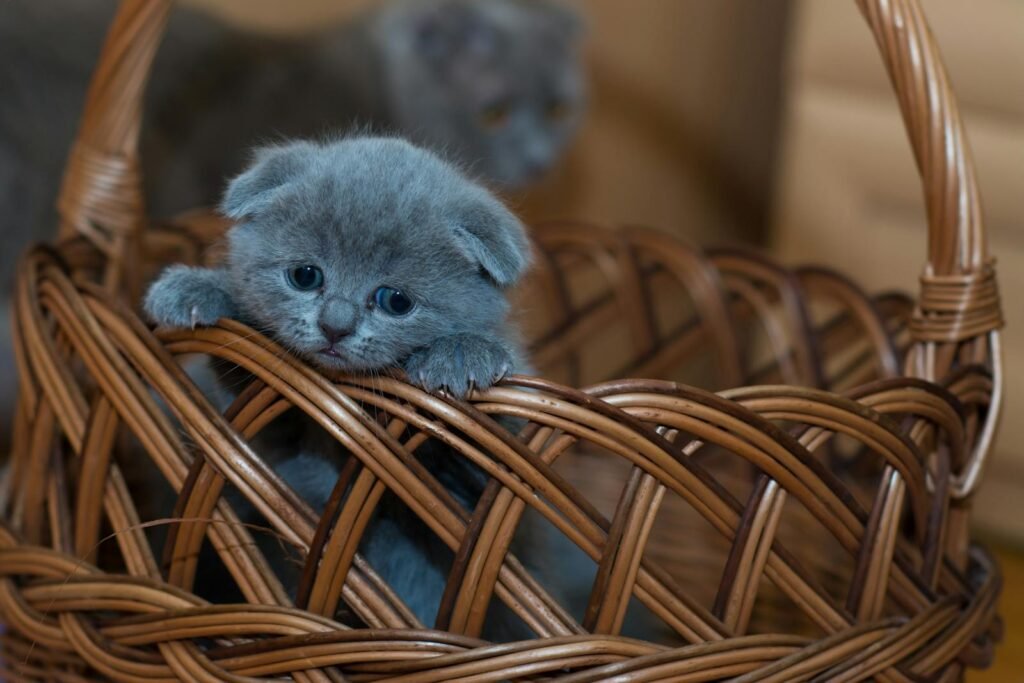
Beyond physical senses, cats are attuned to the emotional states of the people around them. They can pick up on changes in mood through vocal tones, body language, and even pheromones. This socio-emotional sensitivity allows them to respond to their human companions’ needs, offering comfort or companionship when they detect distress or other emotional changes.
Heightened Instincts
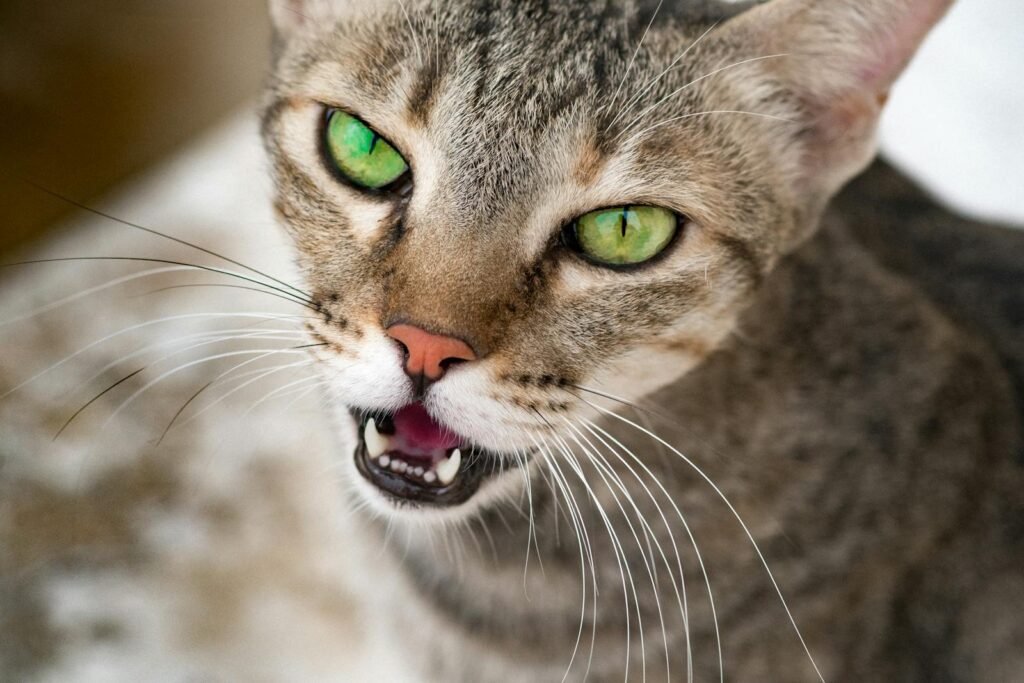
Instincts play a significant role in a cat’s ability to detect change. As natural-born hunters, they have evolved to be alert and aware of their surroundings to survive. These instincts are not only useful in the wild but also in domestic environments, where they translate to a heightened awareness of any novel stimuli, ensuring that cats remain vigilant and adaptive.
Response to Changes in Weather
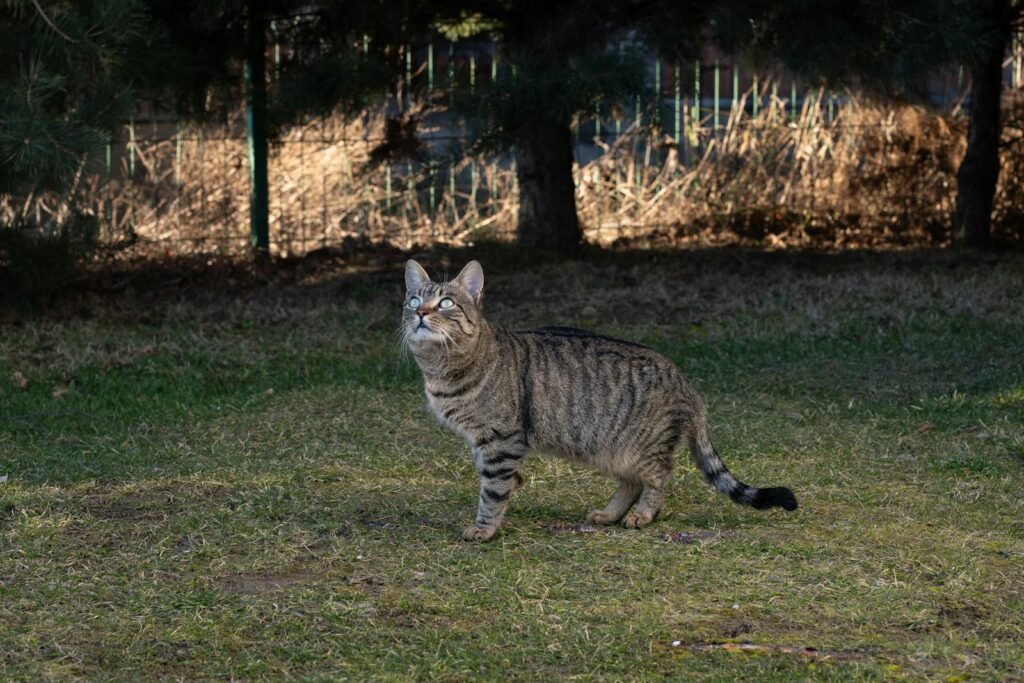
Cats are known to react to impending weather changes. Many cat owners report that their pets act differently before a storm or significant weather shift, such as hiding or seeking solace in a cozy nook. This behavior is likely a response to their ability to sense air pressure changes and other natural indicators that signal an oncoming weather event.
Adapting to Human Routines

Cats are incredibly observant when it comes to human routines. They quickly learn schedules, meal times, and daily activities, adjusting their behavior accordingly. Any deviations from the usual routine are immediately noticed, prompting them to investigate or alter their behavior to adapt to the change.
The Role of Experience
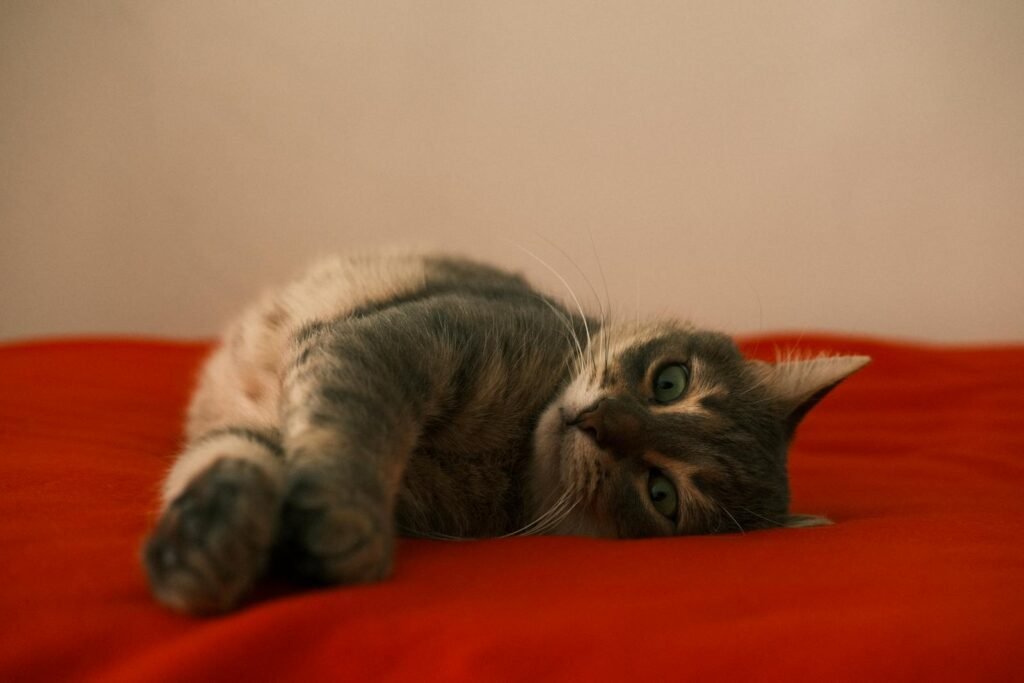
Experience plays an integral role in sharpening a cat’s ability to detect change. Older cats, having encountered numerous environmental changes throughout their lives, often develop a more refined sense of judgment and adaptability compared to younger, less experienced cats.
Conclusion
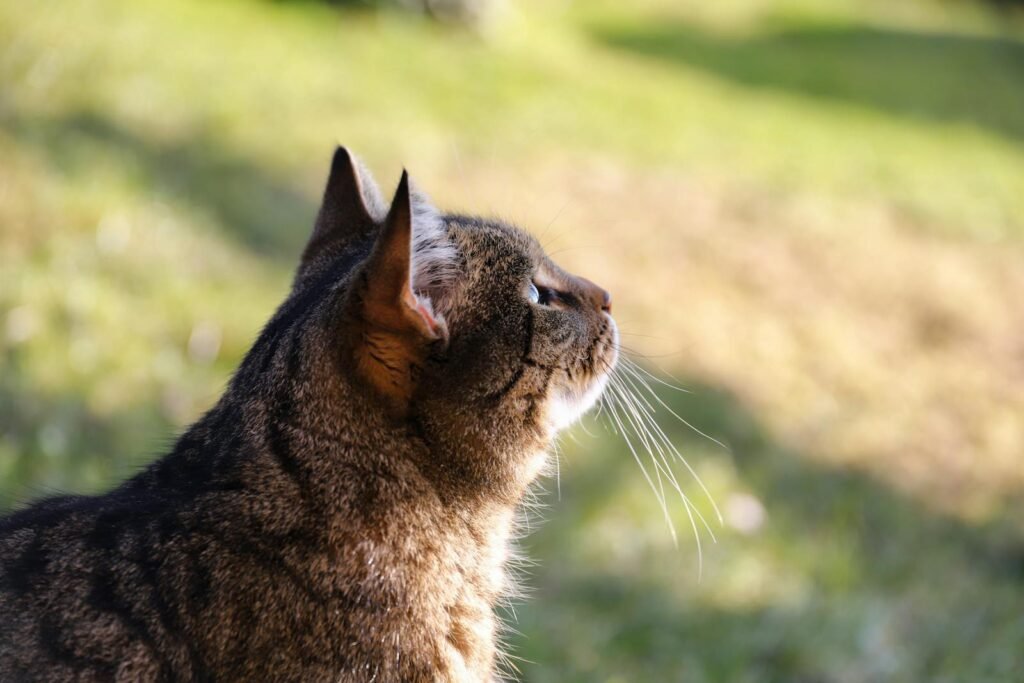
Cats possess an impressive array of senses that enable them to detect even the most subtle changes in their environment. From their acute sense of smell and hearing to their whisker sensitivity and sharp instincts, felines are finely tuned to the world around them. This remarkable ability not only helps them survive in various environments but also enriches their interactions with the world and the people around them. Understanding these feline attributes allows us to appreciate the nuanced ways our pet cats experience their lives and adapt to the ever-changing environments they inhabit.

Suhail Ahmed is a passionate digital professional and nature enthusiast with over 8 years of experience in content strategy, SEO, web development, and digital operations. Alongside his freelance journey, Suhail actively contributes to nature and wildlife platforms like Feline Fam, where he channels his curiosity for the Feline into engaging, educational storytelling.
With a strong background in managing digital ecosystems — from ecommerce stores and WordPress websites to social media and automation — Suhail merges technical precision with creative insight. His content reflects a rare balance: SEO-friendly yet deeply human, data-informed yet emotionally resonant.
Driven by a love for discovery and storytelling, Suhail believes in using digital platforms to amplify causes that matter — especially those protecting Earth’s biodiversity and inspiring sustainable living. Whether he’s managing online projects or crafting wildlife content, his goal remains the same: to inform, inspire, and leave a positive digital footprint.






